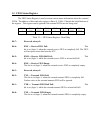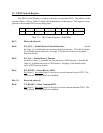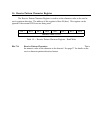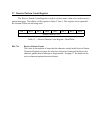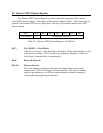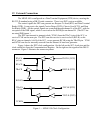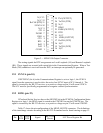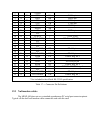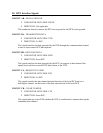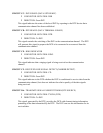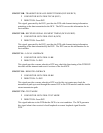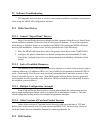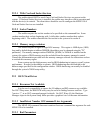
22 Software Troubleshooting
This appendix discusses how to resolve some common problems sometimes encountered
when using the MPAP-100 configuration software.
22.1 DOS Client Driver
22.1.1 Generic "SuperClient" Drivers
Many Card and Socket Services packages include a generic client driver (or SuperClient)
which configures standard I/O devices such as serial ports or modems. If one of these generic
client drivers is installed, it may try to configure the MPAP-100 causing the MPAP-100 client
driver to fail installation. In these cases, the user should do one of the following:
1. Place the MPAP-100 client driver above the generic client driver in the CONFIG.SYS.
2. Configure the generic client driver to disable configuration of nonstandard I/O cards.
Consult the Card and Socket Services documentation for availability and details of this
feature.
22.1.2 Lack of Available Resources
One function of the Card and Socket Services software is to track which system resources
(memory addresses, I/O addresses, IRQs, etc.) are available for assignment to inserted PCMCIA
cards. Occasionally, Card Services may incorrectly determine that a particular resource is free
when it is actually in use or vice-versa. Most DOS-based Card and Socket Services generate a
resource table in a file (typically in the form of an .INI file) which the user can modify to adjust
the available system resources.
22.1.3 Multiple Configuration Attempts
Some Card and Socket Services have a setting which aborts the configuration process
after a single configuration failure (such as a request for an unavailable resource). The user
should change this setting to allow for multiple configuration attempts.
22.1.4 Older Versions of Card and Socket Services
Often, older versions of Card and Socket Services (with copyright date of 1993 and
before) don't work correctly with I/O cards such as the MPAP-100. An up-to-date version of
Card and Socket Services should be obtained by contacting Quatech, Inc.
22.2 DOS Enabler



